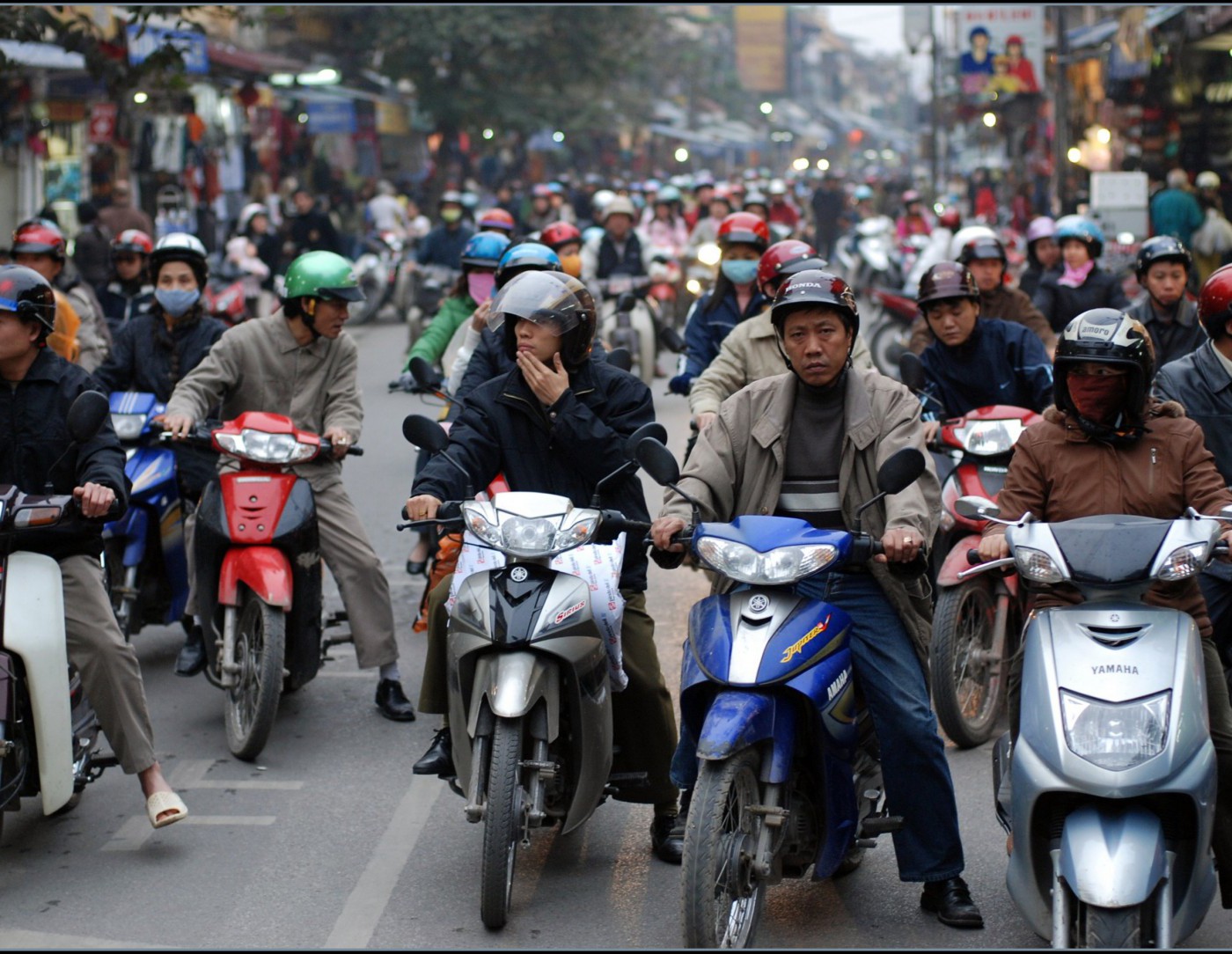Related

Working Paper
/ Apr 28,2014
The Formation of Urban Spatial Structures
Markets vs Design
by
Alain Bertaud

Working Paper
/ Feb 19,2014
Cities as Labor Markets
by
Alain Bertaud

Urban transport and land use policy are informed by our perceptions of the prevailing spatial structure of cities. This structure can be characterized by five models: The Maximum Disorder model, The Mosaic of Live-Work Communities model, the Monocentric City model, the Polycentric City model, and the Constrained Dispersal model, where the great majority of jobs are dispersed throughout the metropolitan area and where workers and workplaces in a metropolitan-wide labor market adjust their locations to be within an tolerable commute range of each other. We examine evidence from a stratified sample of 40 U.S. cities and from the 50 largest U.S. cities to show that the latter model best explains the spatial structure of contemporary American cities. The Constrained Dispersal model is, in essence, a hybrid model that combines elements of all other models. It postulates that the Maximum Disorder model is largely correct, except that it applies only to 3 out of 4 jobs but not to all jobs, and except that commuters and workplaces move to be within a tolerable commute distance of each other. It postulates that the Mosaic of Live-Work Communities model is also correct, except that it only applies to 1 out of 12 people, on average, who live and work in the same community. It postulates that the Monocentric City model is also correct, except that only 1 out of 9 jobs, on average—rather than all jobs—still locate at the CBD. And it postulates that the Polycentric City model is also correct, except that only 1 out of 4 jobs, on average—rather than to all jobs—locate in the CBD or in employment sub-centers. In essence, the great majority of workplaces is now dispersed outside CBDs, employment sub-centers or live-work communities, and is beyond walking or biking distance. Maintaining and increasing the productivity of American cities requires a sustained focus on meeting the travel demands of the great majority of commuters rather than on improving mobility at large or on transportation strategies focused on CBDs, employment sub-centers, or live-work communities.
Header image courtesy of Lynac via Flickr.
Please fill out the information below to receive our e-newsletter(s).
*Indicates required.